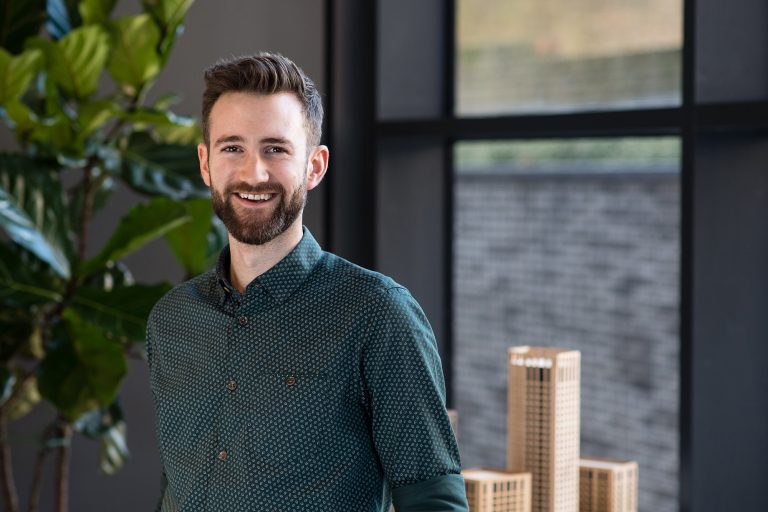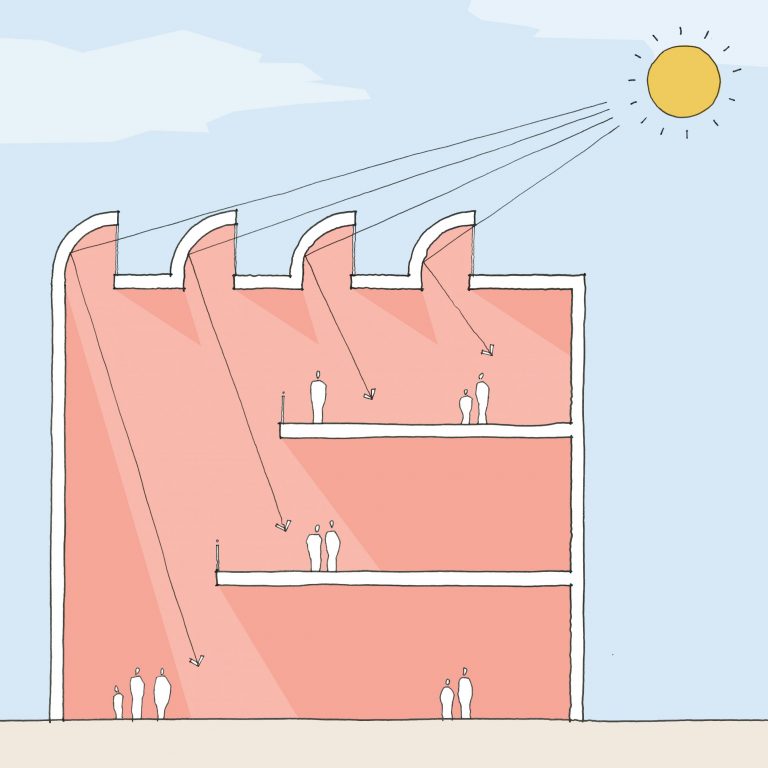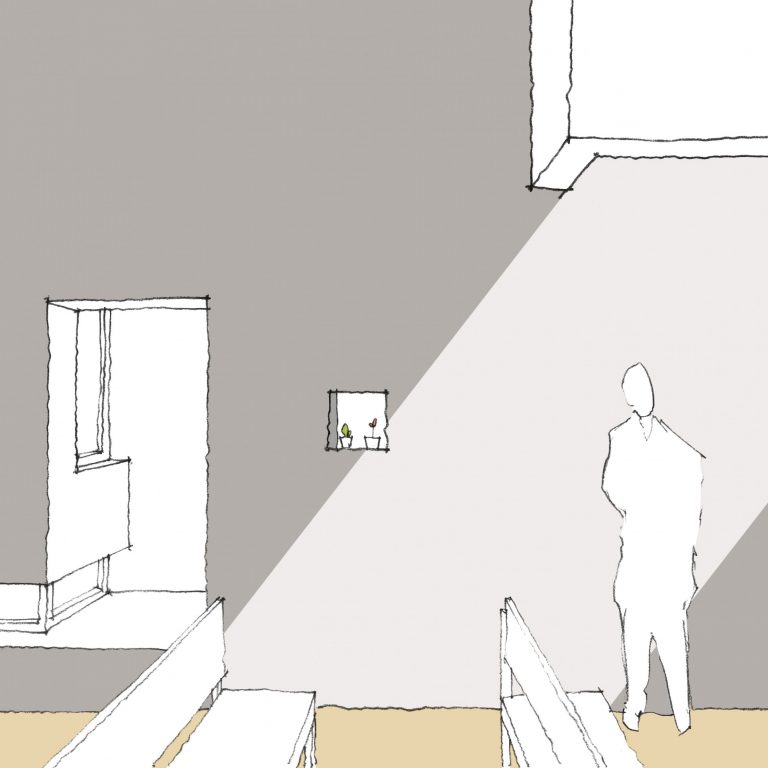World Mental Health Day: Why we should look to our past to design for better mental health
Designers and architects need to learn from history to plan spaces for the future, says Ben Channon for ICON.
As we transition from sedentary desk-dwellers to digital nomads, technology can often feel like the root cause of the anxiety and mental health issues many suffer from today. Social media encourages people to measure their own lives against literally rose-tinted photos, and notifications provide us with constant short-term dopamine hits – while our phones enable us to take work stress home in our pockets.
Yet, rather than seeing tech as an obstacle to happiness, it can be an enabler – but only if we take some lessons from our hunter-gatherer ancestors.
Our prehistoric parents were constantly immersed in nature, living in homes made out of natural materials, with access to water and air unpolluted by modern chemicals.

We now spend nearly 90 percent of our time indoors, according to the IWBI, and our disconnect from nature couldn’t be more apparent. The RSPB claims that four out of five children have now lost their connection to nature, in direct contrast to our ancient ancestors, whose connection to nature would have undoubtedly supported good mental health.
Studies from the Journal of Physiological Anthropology support this idea, showing that both blood pressure and the stress-inducing-hormone cortisol are significantly reduced when people spend time in natural surroundings. Additional research shows that a greater amount of time spent in nature correlated with higher rates of concentration and productivity; two factors that many developers and employers are seeking to bolster through better design.
As designers, we must therefore seek to bring the natural world in, creating access to flora to reduce polluting chemicals, like formaldehyde, and using tactile materials such as wool, timber and exposed brickwork to connect us back to earth.


The circadian rhythm
In his bestseller Sapiens, historian Yuval Noah Harari argued that the agricultural revolution has made life more complicated and less varied for humanity. Before the development of political structures, religion, economic systems and rapid population growth, humans were more connected to nature and its rhythms, which dictated our diets, sleep cycles and work hours.
But as Harari claims in his sequel, Homo Deus, now is the age of humanity’s pursuit of happiness. And despite our complex modern systems and immersion in technology, mental wellbeing is coming to the forefront of public debate after years of stigma.
While this heightened awareness of mental health in modern society certainly constitutes progress, it is matched in the ubiquity of the problem. Mental Health First Aid England (MHFA) reports that 1 in 4 people suffer from mental health problems every year, which claim responsibility for 72 million lost working days and costing UK businesses an estimated £34.9 billion a year.
So, what other lessons can we learn from our prehistoric ancestors? Well, alongside their connection to nature, early humans lived by the sun, which – as we all know – plays a vital role in supporting a healthy sleep cycle. Modern LED lights are remarkably cost and energy efficient but if the colour temperature is incorrectly specified, they can actually inhibit the production of melatonin, the chemical which signals to our bodies when it’s time to sleep.
The constant exposure to ‘melanopically ineffective’ light (light that doesn’t adequately represent the time of day in its temperature) that many of us experience can scramble our circadian rhythms, tarnishing our quality of sleep and subsequently impacting our mental health.
As a result, we are realising that daylight in buildings is even more important than we already believed, and something that designers must prioritise – be it through increased glazing, better layouts or joined-up masterplanning that considers overshadowing from the outset. Plus, we need to allocate spaces where people can unplug, escaping white and blue light to help regulate our sleep patterns more effectively.
Not only were ancient populations far better at maintaining such natural cycles, as nomadic hunters and gatherers they were also exercising every day, as a community. While regular exercise is seemingly becoming a top priority for society again with the growth of workplace wellness strategies, running and cycling to work schemes and the proliferation of affordable gyms, many workplaces – including even those managed by the NHS – do not provide facilities such as showers, lockers or adequate bike storage to support active commuting.

Building a community
What’s more, the community focus shared by our ancestors can be still lacking from our daily lives. Loneliness is an incredibly widespread issue in the UK today, with an estimated 9 million people ‘always or often’ lonely.
Luckily, design can be an incredibly powerful tool to encourage, and foster, the community support networks that are vital to maintaining and sustaining our mental wellbeing. This should be much more than the creation of breakout spaces and residents’ lounges, with wayfinding becoming a compelling tool to drive interaction as people navigate spaces, and the use of pop-up or temporary spaces to bring people together more frequently.
Fundamentally, to support good mental health we must learn from the world we evolved in. Many of the trials and tribulations of the modern world are unavoidable, but by bringing nature, light, activity and community into our buildings – and embedding them within our lives – we can capture the lessons of the prehistoric period to make us happier and healthier in the here and now.